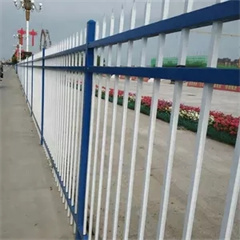Cultural influences play a significant role in shaping signboard design. Signboards are not just functional tools for conveying information; they are also a reflection of the culture, values, and aesthetics of a particular region or community. Here’s how cultural factors influence signboard design:
- Language and Typography:
- The language spoken in a region greatly affects signboard design. Signs need to be in the local language(s) to be understood by the target audience.
- Typography choices are influenced by cultural preferences. For example, some cultures may favor ornate and decorative fonts, while others may prefer clean and minimalist typography.
- Colors and Symbolism:
- Different cultures attribute specific meanings to colors. For example, red can symbolize luck or happiness in Chinese culture, while it may represent danger in Western cultures.
- Symbols and icons on signboards can have cultural significance. For instance, a lotus flower might be used to represent purity and enlightenment in Asian cultures.
- Aesthetics and Design Elements:
- Cultural aesthetics, including art, architecture, and design traditions, influence the visual style of signboards. For example, Middle Eastern signboards may incorporate intricate geometric patterns, while Scandinavian designs might focus on simplicity and minimalism.
- Religious and Spiritual Significance:
- In regions where religion plays a significant role, signboard design may incorporate religious symbols or motifs to align with cultural beliefs and values.
- Historical and Heritage Considerations:
- Signboards in culturally rich areas often draw inspiration from historical and heritage elements. This could include architectural styles, traditional craftsmanship, or motifs that reflect the region’s history.
- Local Traditions and Customs:
- Local customs and traditions can impact signboard design. For example, businesses may decorate their signboards with elements associated with local festivals or events.
- Cultural Sensitivity:
- Understanding and respecting cultural norms and taboos is crucial when designing signboards. Certain images or phrases that may be innocuous in one culture could be offensive or inappropriate in another.
- Regional Climate and Environment:
- The local climate and environment can also influence signboard materials and design. Signboards in coastal regions may need to be more resistant to saltwater corrosion, while those in arid climates might need to consider sun and sand exposure.
- Community Values and Identity:
- Signboards often reflect the identity and values of a community or neighborhood. They can serve as symbols of local pride and identity.
- Legal and Regulatory Considerations:
- Cultural factors can also affect signboard regulations and restrictions. Some regions may have specific rules regarding the size, placement, and content of signboards to preserve cultural aesthetics or historical significance.
- Globalization and Fusion:
- In today’s globalized world, signboard design can also be influenced by a blend of different cultural elements. Businesses may incorporate elements from various cultures to appeal to diverse audiences.
In summary, signboard design is not a one-size-fits-all endeavor. It must be sensitive to the cultural context in which it exists. Understanding and respecting cultural influences is essential for creating signboards that resonate with the local community and effectively convey messages while also contributing to the cultural tapestry of a region.







